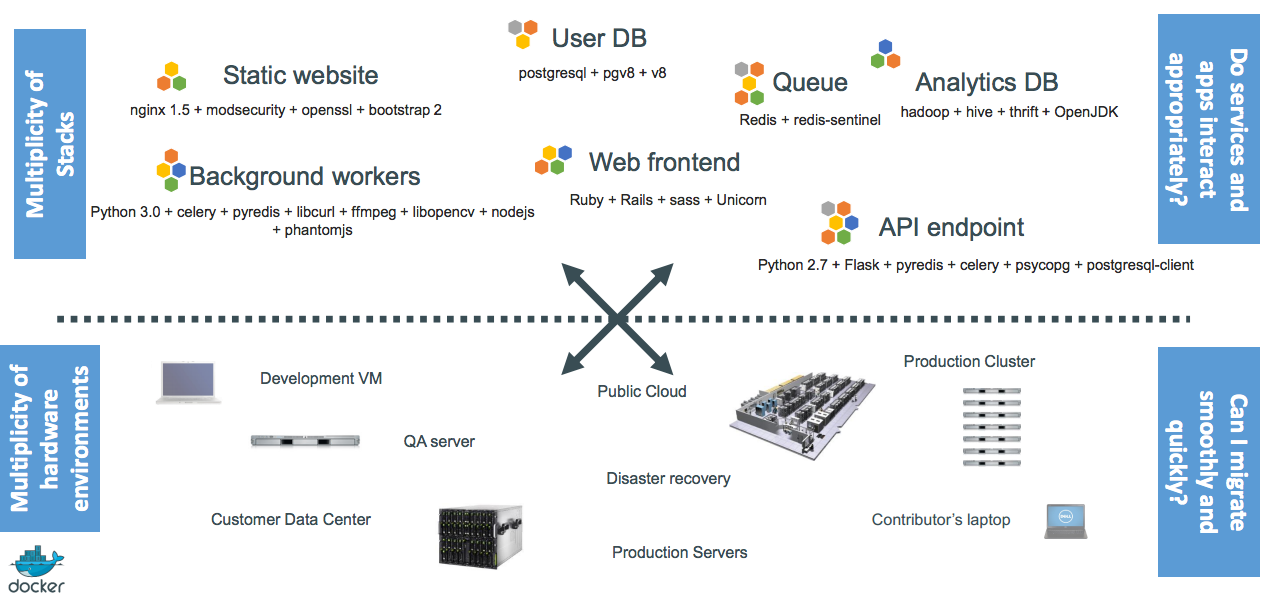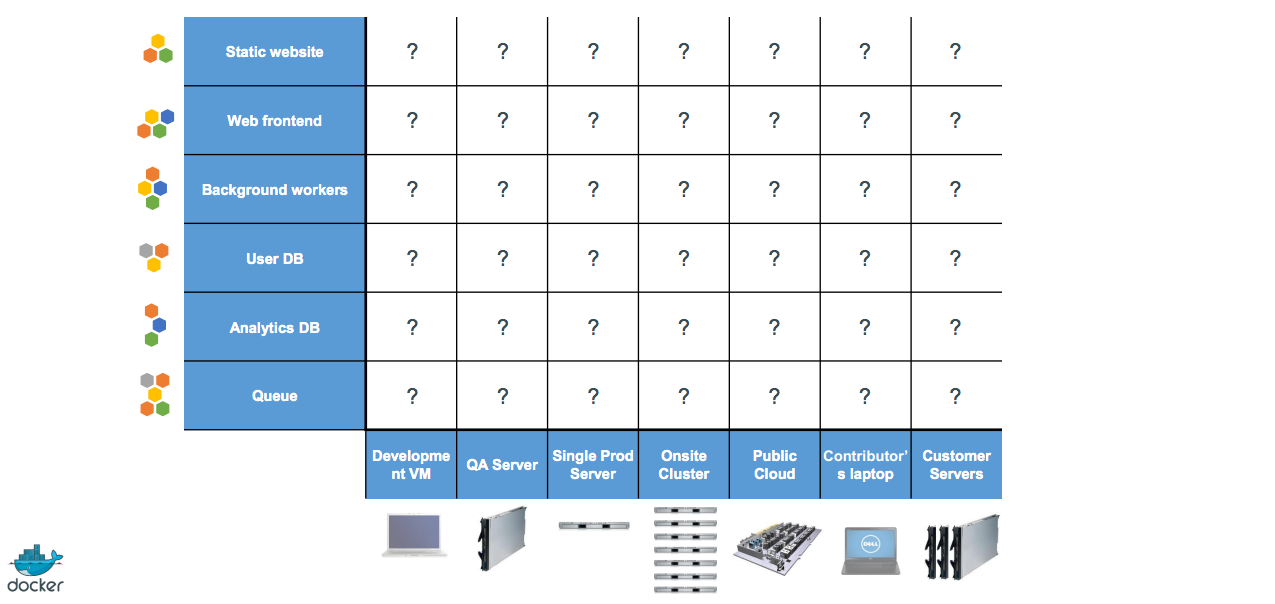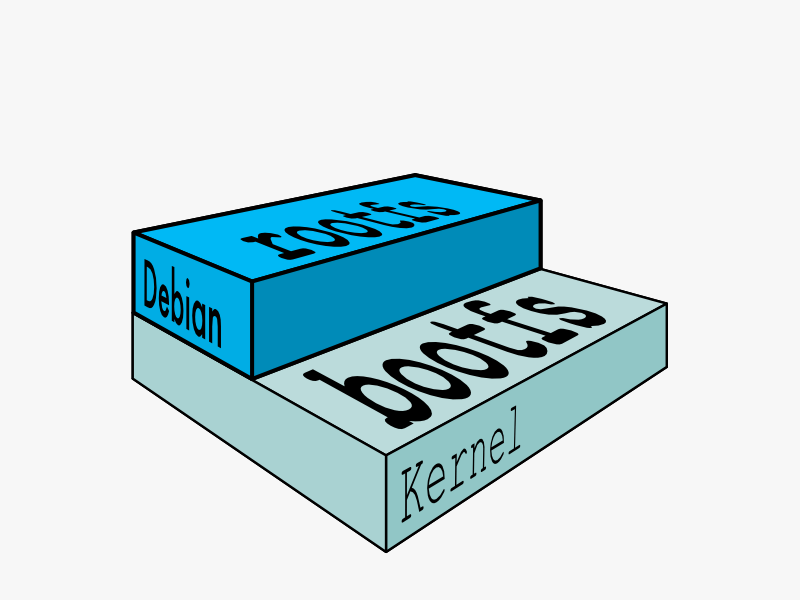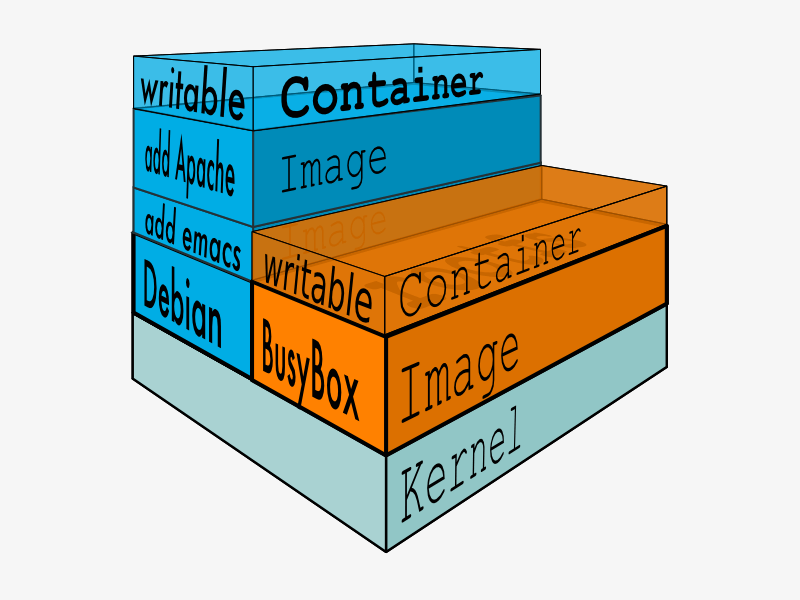LXC + Docker

Distributed Applications
The Matrix From Hell

Ecosystem for distributed applications

Eliminates the
Matrix from Hell

Linux Containers (LXC)
chroot on steroids
High Level
Linux Kernel
Proc.
FS
Mem.
CPU
Devi.
Net
cgroups / namespaces
Containers
cgroup
- memory
- cpu
- devices
- blkio
others...
namespaces
- pid
- net
- ipc
- utc
others...
Containers vs VM
Virtualization
Containers
Server Hardware
Host OS
Hypervisor
Guest
OS
Guest
OS
Guest
OS
Bin / Libs
Bin / Libs
Bin / Libs
App
App
App
Server Hardware
Host OS
Bin / Libs
Bin / Libs
Bin / Libs
App
App
App
|
Virtualization (i.e. kvm, xen) |
LXC Containers | |
|---|---|---|
| Footprint | Requires a hypervisor and a full operating system image. | Does not require a hypervisor or a separate operating system image. |
| OS supported | Any OS supported by the hypervisor | Most Linux distros, uses same kernel as host |
| Typical server deployment | 10 – 100 VMs | 100 - 1000 containers |
| Boot time | Less than a minute | Seconds |
|
Physical resources (i.e. memory, CPU) |
Each VM has resource reserved for its own use | Shared by all containers |
Docker
Main Concepts
- Images
- Containers
Images
Layered filesystems



Dockerfile
# base image
FROM node:latest
# environment variable
ENV NODE_ENV development
# working directory
WORKDIR /src
# run command
RUN echo "Configuring..."
# add file
ADD ./server.js /srv/server.js
# expose port
EXPOSE 1337
# default command
CMD ["node", "/srv/server.js"]- base image
-
run first command
- start a container from the base image (intermediate container)
- exec the command
- stop the container
- commit the changes to a new layer (intermediate image)
- remove this container (intermediate container)
-
run second command
- start a container from the previous layer (intermediate container)
- exec the command
- stop the container
- commit the changes to a new layer (intermediate image)
- remove this container (intermediate container)
Building a new image
- base image
- run first command - cache (intermediate image)
- runt second command - cache (intermediate image)
-
run third command
- start a container from the previous layer (intermediate container)
- exec the command
- stop the container
- commit the changes to a new layer (intermediate image)
- remove this container (intermediate container)
Changing a image
Containers
Instances of an Image

Docker High Level
Linux
Docker Host
Docker Client
HTTP API
Docker Server
Container
Container
Container
Container
Container
Container
Container
Container
Demo
Basic Docker Workflow